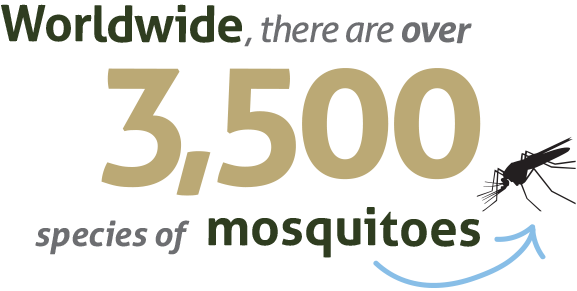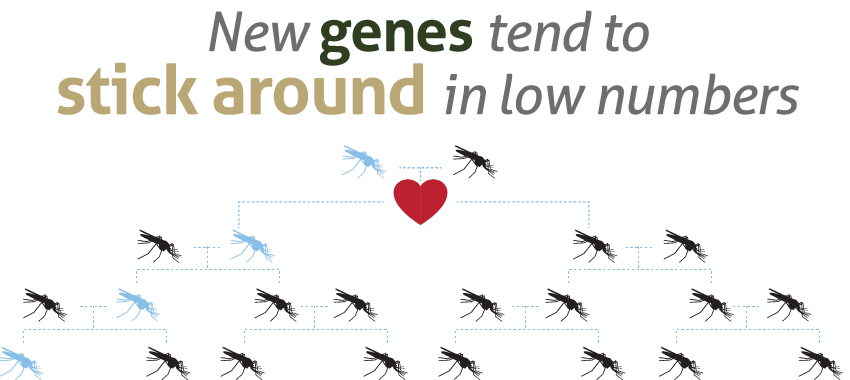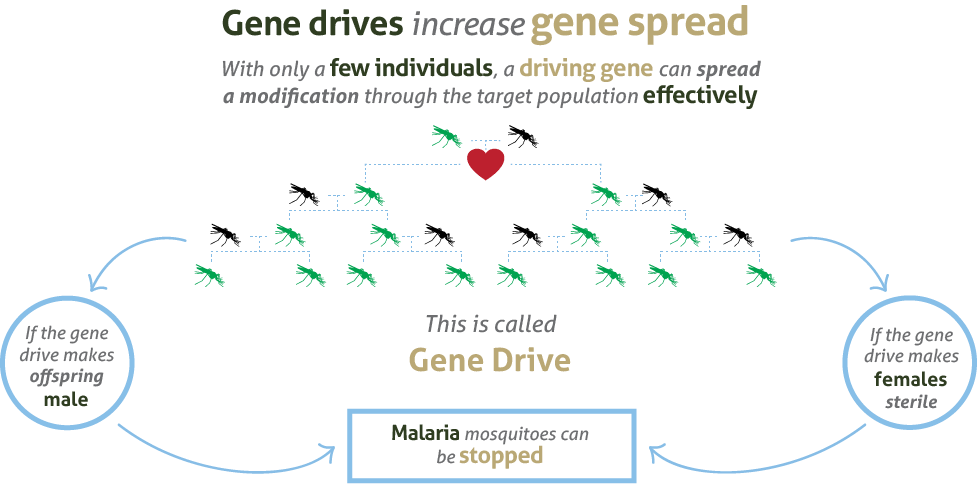Target Malaria is an innovative project aiming to reduce the population of malaria-transmitting mosquitoes in sub-Saharan Africa. By reducing the population of malaria mosquitoes, we aim to reduce the transmission of the disease, allowing people in affected areas to live without the burden of malaria and freeing up resources currently used to combat the disease. Our strategy focuses on decreasing the number of female vector mosquitoes in a population because only females bite and their number usually determines future population size.
We aim to develop and share innovative genetic technologies as a cost-effective and sustainable intervention against malaria. These new genetic technologies will be complementary to other vector control tools and strengthen malaria elimination strategies.
We plan to tackle malaria at the source: the malaria mosquitoes. While there are more than 3,500 species of mosquito worldwide and 837 in Africa, only three 3 very closely related species are responsible for most transmission of the disease: Anopheles gambiae, Anopheles coluzzii and Anopheles arabiensis. Our technology specifically targets these Anopheles species and so should not affect other types of mosquitoes or insects in the surrounding environment. Our approach is therefore malaria control by mosquito control.
How it Works
Currently, we are evaluating a number of approaches to reduce the number of malaria mosquitoes using genetic modification. This work is still at an early stage, but our models indicate that this method has the potential to significantly reduce the numbers of malaria mosquitoes, and the transmission of malaria, within a socially relevant timeframe.
To reduce the number of female Anopheles gambiae mosquitoes, we are introducing genes that produce enzymes (called nucleases) into Anopheles gambiae. These enzymes recognise and cut very specific sequences of DNA. When an Anopheles mosquito has been genetically-modified with such nuclease genes, our researchers can precisely cut and therefore disrupt the specific gene sequences of interest to our researchers, such as fertility genes or sex determination genes. The interrupted gene will no longer function, and modified mosquitoes will be affected according to the nature and importance of the targeted gene.
The ultimate goal of all of the approaches we are investigating is to produce modified Anopheles gambiae mosquitoes that can pass these genes on to a high percentage of their offspring, so the modification is established throughout the specific population relatively quickly and is effectively “self-sustaining”. This makes the reduction of the malaria mosquito population relatively cost-effective and sustainable to implement because the mosquitoes themselves do the work.
Two of the main areas we are currently focusing on are biasing the sex ratio of mosquito populations and reducing female fertility.

































